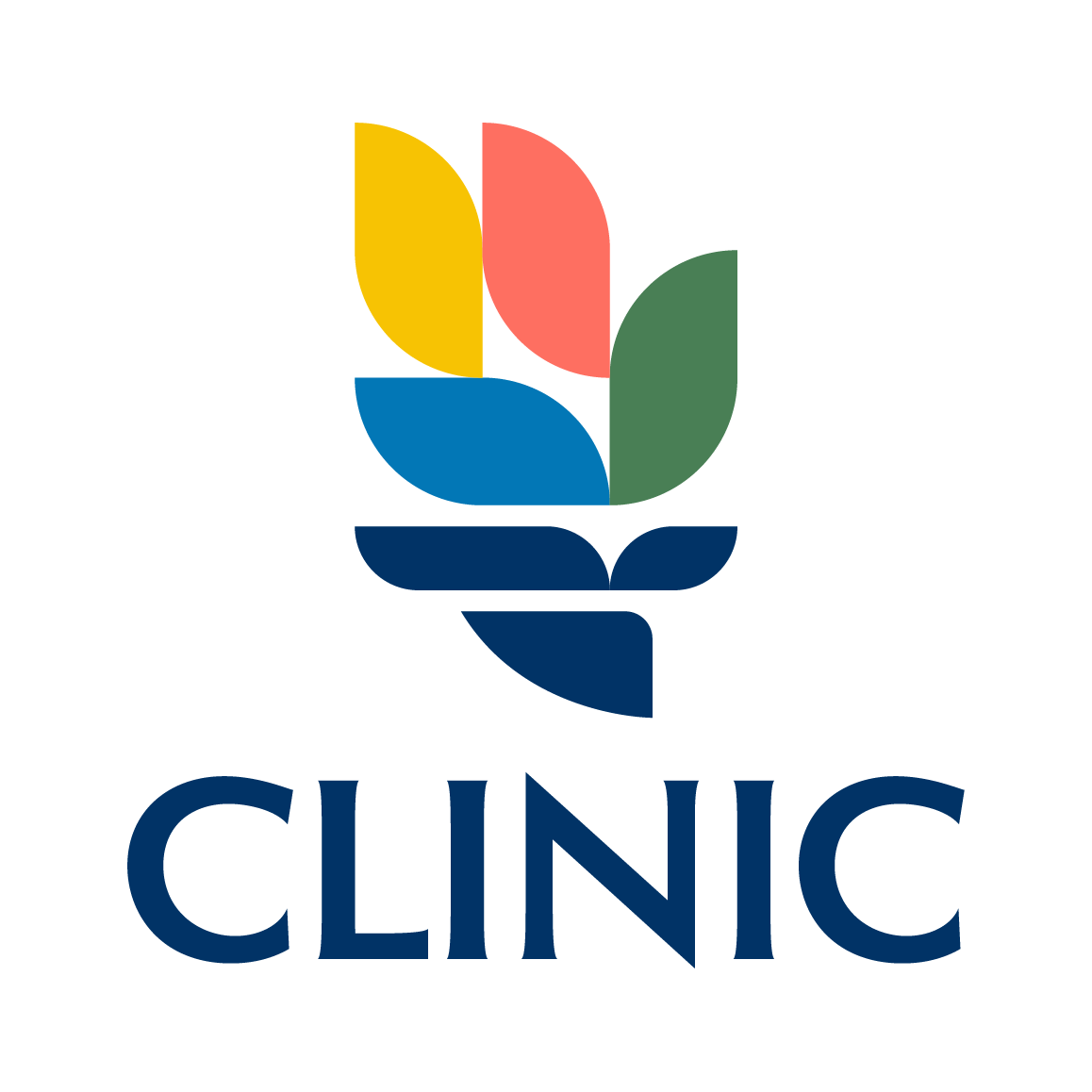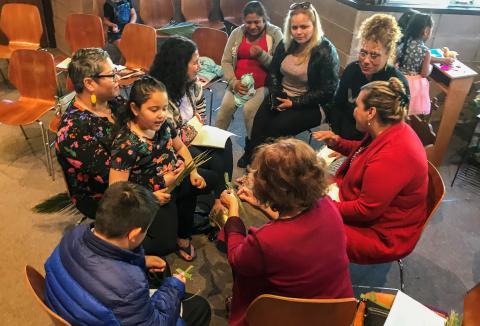CLINIC affiliates complete over 8,000 immigration legal screenings through the Mexican Screening Project
CLINIC recently concluded a 10-month Mexican Screening Project, made possible by funding from the Mexican government. The purpose of the project was to provide Know Your Rights presentations and screen Mexican nationals, who were unauthorized immigrants, to identify any potential eligibility for an immigration benefit. Participating CLINIC affiliates screened over 8,000 Mexican nationals.
For each legal screening, either immigration attorneys or Department of Justice accredited representatives screened for the following forms of reliefs: adjustment of status under section 245(i); adjustment of status under section 245(a); asylum; acquired or derived citizenship; Military Parole in Place; non-LPR cancellation of removal; Special Immigrant Juvenile Status; and T visa, U visa and protection under the Violence Against Women Act. Data from the evaluations show that 34% of those screened were potentially eligible for one or more of the listed benefits.
There are many important reasons why undocumented immigrants should obtain an immigration legal screening. Immigration law is complex and especially so for undocumented people with complicated migration histories. Immigrants can move in and out of eligibility for legal status due to changed circumstances in their lives over time. Therefore, understanding whether they may have a legal option leading to lawful permanent residence at the present time or in the future is important and can be life-changing. By participating in a screening, immigrants make connections with local organizations that may offer support in the future.
Often, CLINIC affiliates provide many types of services, so people attending a screening may learn about available resources to support a wide range of needs. Undocumented immigrants, in particular, are vulnerable to false promises by unscrupulous and often unauthorized practitioners of immigration law. The availability of even a one-time screening with a competent immigration legal representative can provide the knowledge needed for an immigrant to protect themselves from false promises and avoid paying thousands of dollars, which may put them at risk of deportation. The information provided during Know Your Rights presentations and legal screenings can educate people about their legal rights and protect them from immigration enforcement. Lastly, for immigrants for whom a legal option is identified, a referral to a low cost, high quality legal services provider can help with saving money and may support with legalizing their status — on the path to citizenship.
CLINIC has submitted a proposal for an extension of the project. The project start date will be announced once CLINIC finalizes an agreement with the Mexican consulate. For those interested in participating in the next phase of the project, please complete this interest survey. For questions, please email Laura Nino-Berry at lnino@cliniclegal.org.



